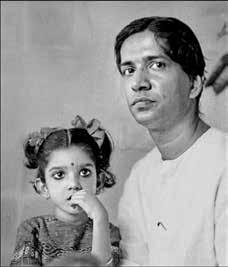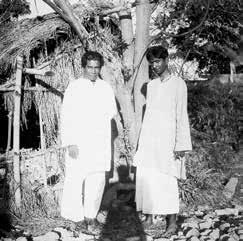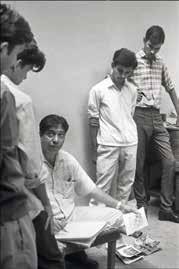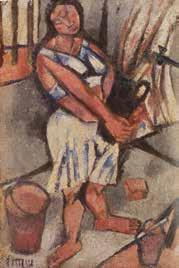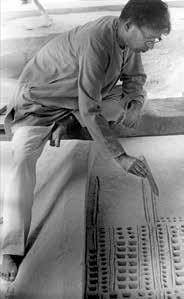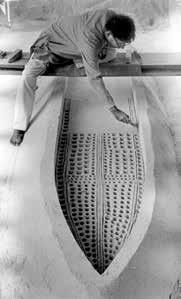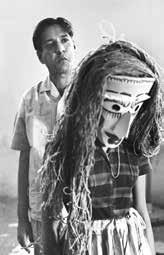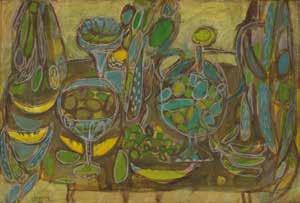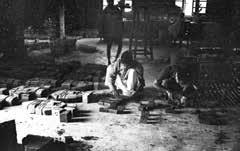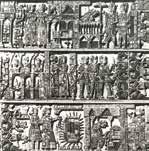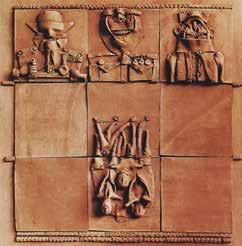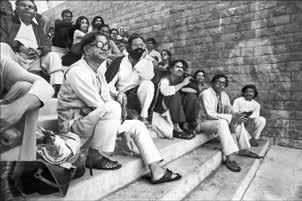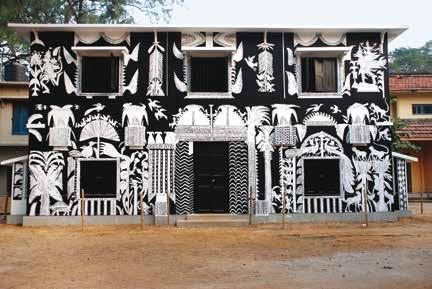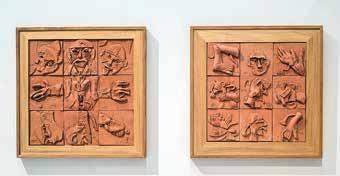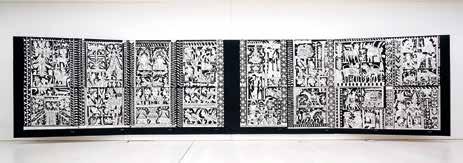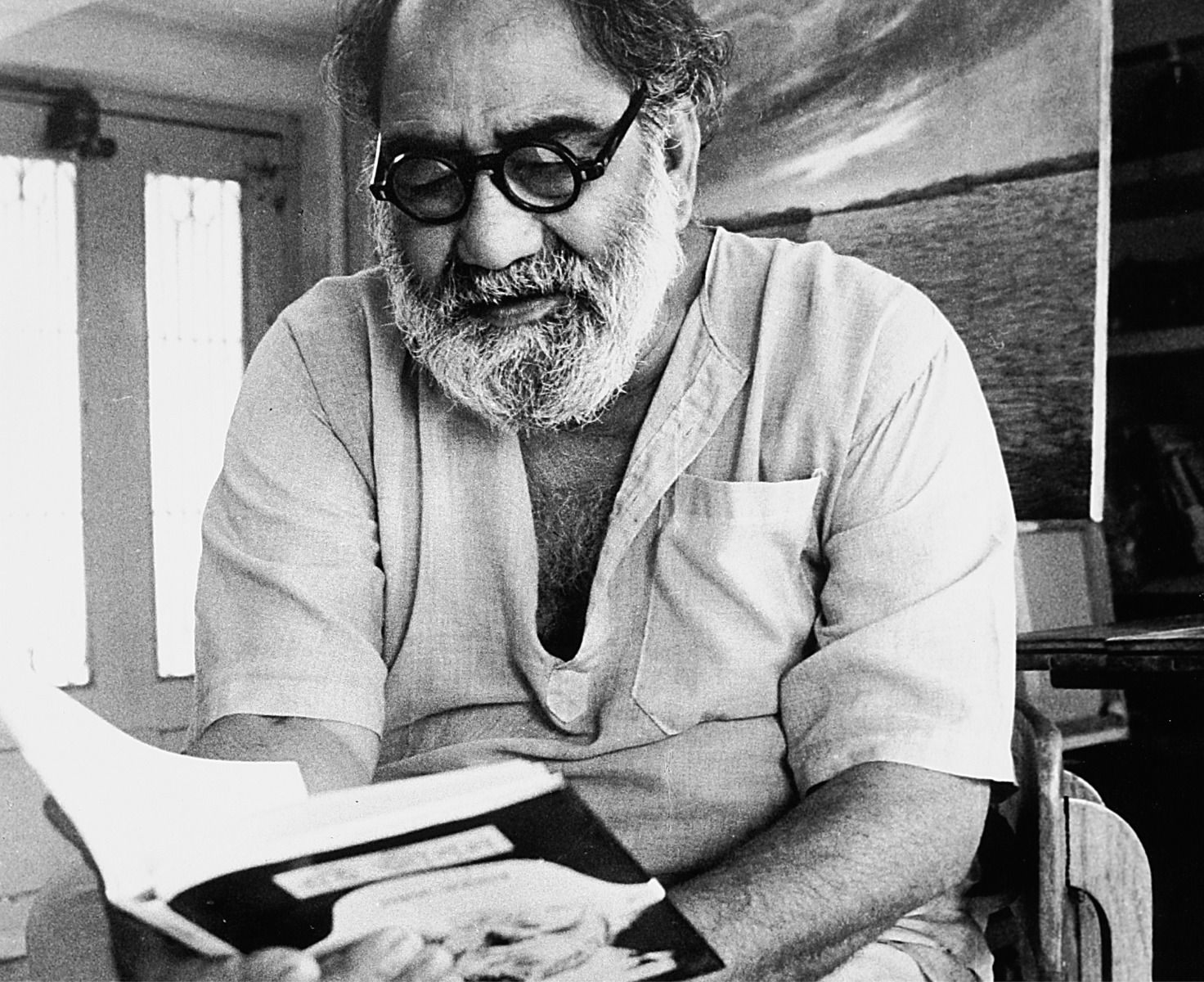K. G. Subramanyan
K. G. Subramanyan
K. G. Subramanyan
|
1924 - 2016 K. G. Subramanyan |

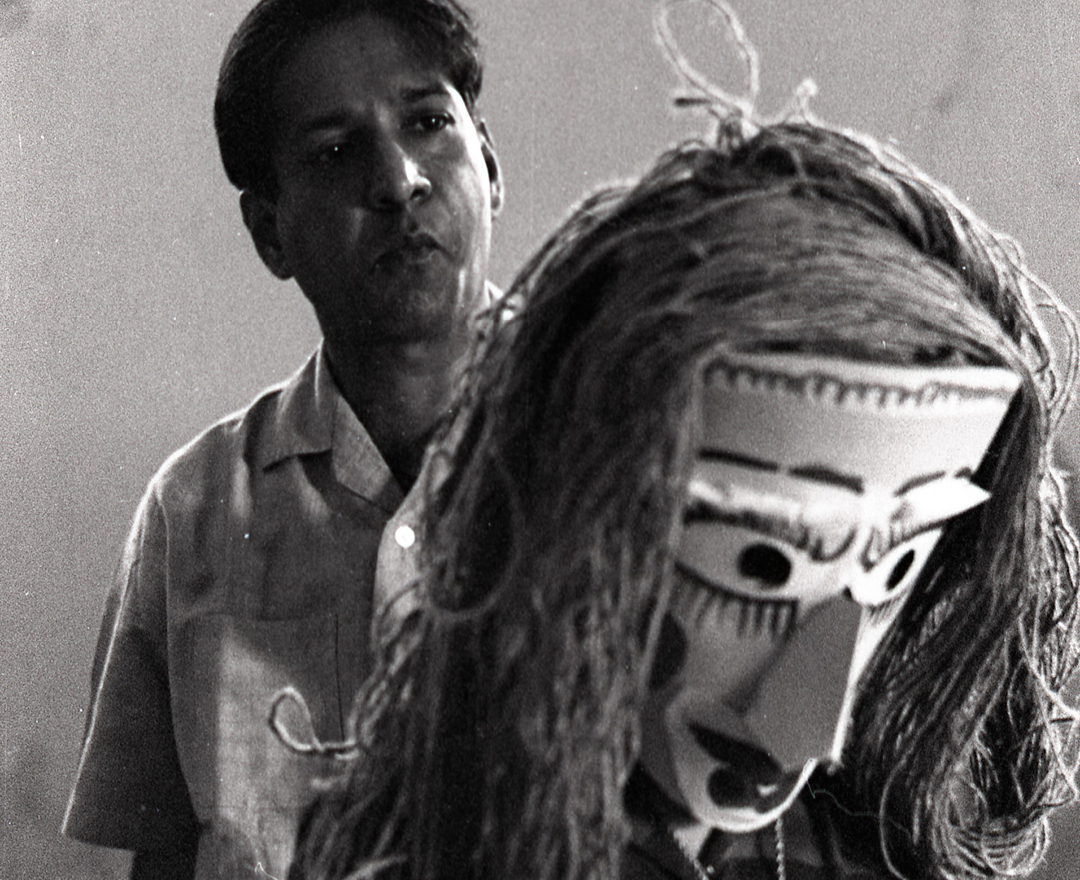

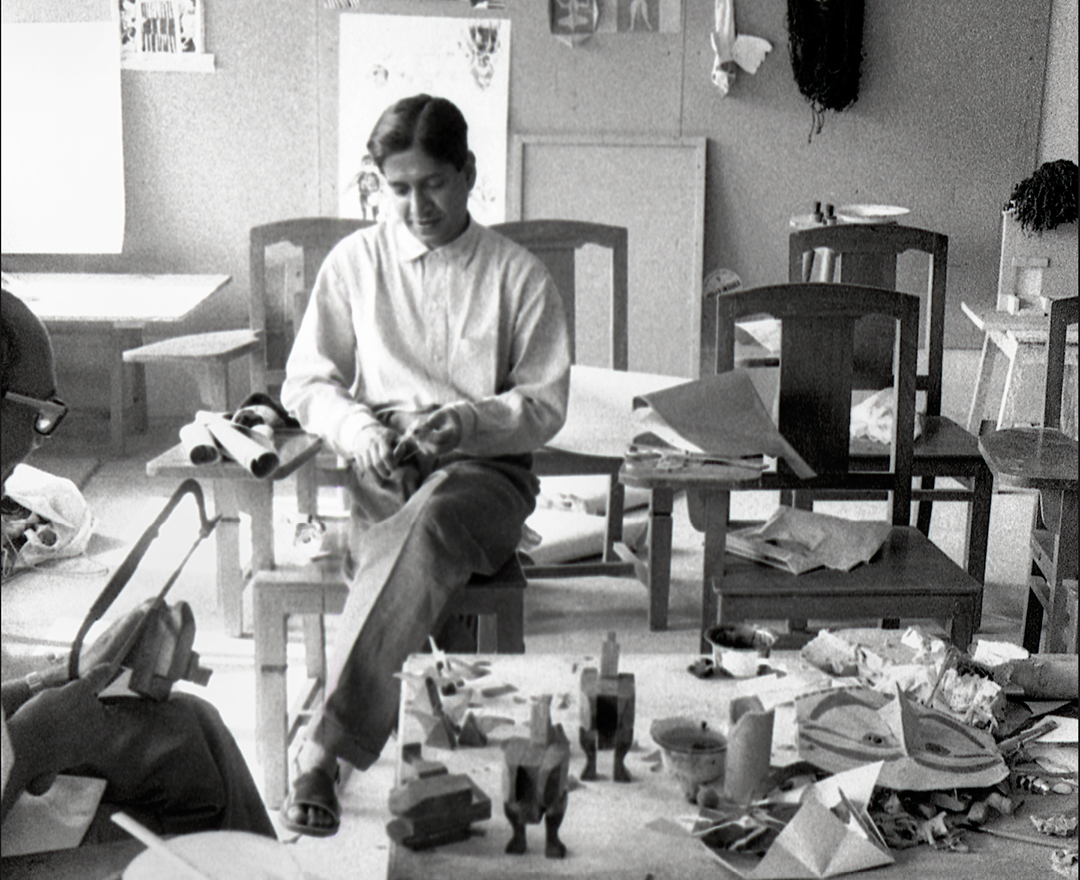

‘Subramanyan is inveterately addicted to a representational idiom; he is vitally concerned with things around him, for their emergent new identities’
P. R. RAMACHANDRA RAO
artist timeline
artworks
dag exhibitions
|
‘Indian Abstracts: An Absence of Form’ |
|
DAG, New Delhi, Mumbai, and New York, 2014-15 |
|
‘Manifestations XI: 20th Century India Art’ |
|
DAG, Mumbai, 2014 |
|
‘India Modern: Narratives from 20th Century Indian Art’ |
|
DAG, New York, New Delhi, and Mumbai, 2015; Chandigarh, 2017 |
|
‘India’s French Connection: Indian Artists in France' |
|
DAG, New Delhi and New York, 2018 |
|
‘Primitivism and Modern Indian Art’ |
|
DAG, Mumbai, 2019; New York, 2020; New Delhi, 2021-22 |
|
‘Navrasa: The Nine Emotions of Art’ |
|
DAG, New Delhi and Mumbai, 2020-21 |
|
‘Ways of Seeing: Women Artists | Women as Muse’ |
|
DAG, New Delhi, 2021 |
|
‘Home is a Place: Interiority in Indian Art' |
|
DAG, New Delhi, 2021 |
|
‘Iconic Masterpieces of Indian Modern Art’ |
|
DAG, Mumbai, 2021 |
|
'Kali: Reverence and Rebellion' |
|
DAG, New Delhi and Mumbai, 2024 |
notable collections
|
National Gallery of Modern Art, New Delhi |
|
Lalit Kala Akademi, New Delhi |
|
Kiran Nadar Museum of Art, New Delhi |
|
Jehangir Nicholson Art Foundation, Mumbai |
|
Piramal Art Foundation, Mumbai |
|
Government Museum and Art Gallery, Chandigarh |
|
Sir J. J. School of Art, Mumbai |
|
Tata Institute of Fundamental Research, Mumbai |
|
Roopankar Museum of Fine Arts, Bharat Bhavan, Bhopal |
|
Indian Council for Cultural Relations, New Delhi |
|
Faculty of Fine Arts, Baroda |
|
Kala Bhavana, Santiniketan |
|
Jyoti Ltd., Baroda |
|
CITI India Corporate Collection |










